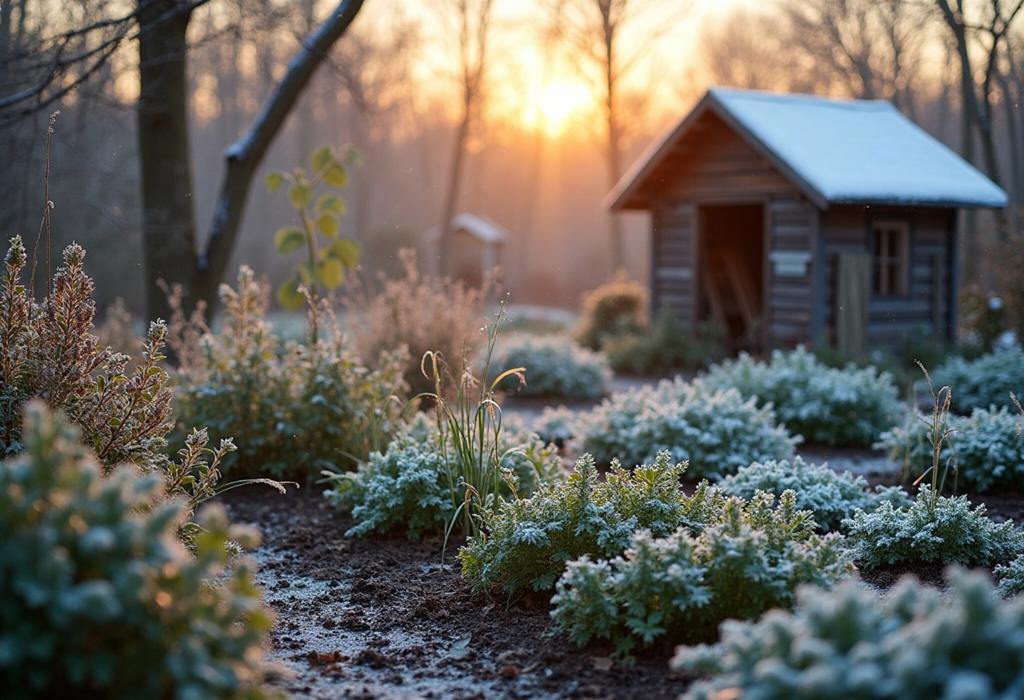For more details on this content, please review the step-by-step guide and frequently asked questions.
How to Prepare Your Garden for Winter

Step-by-Step Guide
Clean Up Debris
Start by removing all leaves, fallen fruits, and other debris from your garden beds. This helps prevent pests and diseases from overwintering in your garden. Make sure to compost the healthy materials but dispose of any diseased plants.
Cut Back Perennials
Once the first frost has occurred, cut back perennials that have died back. For woody perennials, trim them back to encourage healthy growth in the spring. Ensure to leave some foliage for protection against the cold.
Mulch Your Beds
Apply a thick layer of mulch (3-4 inches) around your plants to insulate the soil and protect tender root systems from freezing temperatures. Use organic materials like shredded leaves, straw, or wood chips.
Protect Tender Plants
If you have plants that are not frost-hardy, consider bringing them indoors or providing them with extra insulation such as burlap or frost cloths. You can also build protective structures around delicate plants.
Soil Preparation
Test your soil pH and nutrient levels to determine if amendments are necessary before winter. You can add well-rotted compost or manure to improve soil structure and fertility for the spring.
Plan Your Spring Garden
Use this time to plan for your upcoming spring garden. Make notes of what worked well and what didn’t, and consider new plants you want to introduce. Sketch your garden layout to ensure optimal growth.
Watering
Ensure that your garden is well-watered before the frost sets in. This helps plants survive winter dehydration. However, avoid overwatering, as wet soil can freeze, damaging roots.
Plant Cover Crops
Consider planting cover crops, such as clover or rye, which help protect the soil from erosion, suppress weeds, and improve soil health. These crops can be tilled under in spring to add nutrients to the soil.
Winterize Your Tools
Clean and maintain your gardening tools to prevent rust and damage. Sharpen blades, replace worn parts, and store them in a dry area to ensure they are ready for use in the spring.
Protect Your Garden Structure
Inspect and prepare any garden structures for winter weather. Secure fences, windbreaks, and structures properly to withstand heavy snow or strong winds.








